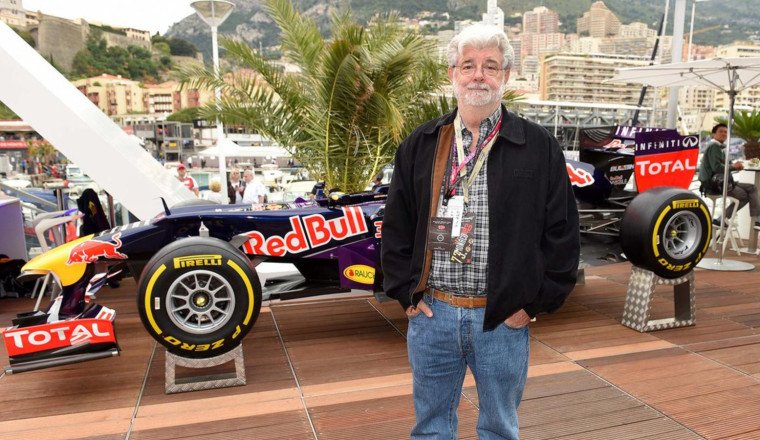
World famous filmmaker and Disney sellout billionaire George Lucas came of age mixed into the street racing scene of Modesto, California in the speed-addled 1960s. Shortly after he graduated high school in 1962 with dreams of becoming a professional racing driver, he was forced to shelve his dream due to an incredibly serious accident. Resigned to a life doing something other than racing, Lucas decided to attend USC film school to follow his second passion, directing and shooting filmstock. His first major project, a short 8-minute tone poem film called "1:42.08 to Qualify," followed famed racer Peter Brock in a borrowed Lotus 23 sports car, attempting to qualify for a race at Willow Springs. I contend that this short film is perhaps the most important keystone piece of work in cinema history.
Lucas and his tiny 14-person crew slept at the track during production and made the beautifully weird short film on an absolute shoestring of a budget. Not only did the film employ cameras mounted on the Lotus, but oftentimes Lucas himself would sit in the car next to Peter Brock to film his gearchanges or the swing of his tachometer. The living embodiment of speed is frequently felt in the dialogue-free sequences of tracking shots, car-to-car filming, and nose-cone mounted angles that are still employed in automotive filmography today, as well as innumerable thousands of YouTube videos. Even in his early 20s, Lucas was a master of practical filmmaking. According to Brock's recounting of the time, Lucas already had ideas in his head for a series of science-fiction space westerns, "It sounded kind of like Buck Rogers with strange creatures and better weapons. Very strange and we just kind of nodded and patronized this enthusiastic kid."
Just a month after his class film debuted, Lucas was on a plane over to Monaco to help shoot John Frankenheimer's motorsport magnum opus, "Grand Prix."
We've talked about how great and influential "Grand Prix" is in the past. The film completely changed how cinematography works, largely using many of the same shot techniques Lucas had already adopted in his student project, inspired by the likes of David Lean, John Ford, Sergio Leone, and Akira Kurosawa. According to Dale Pollock's Skywalking, a biography of Lucas and his films, the filmmaker's time on the set of "Grand Prix" was eye opening.
"The studio cast and crew retired to portable dressing trailers at the end of a day's shooting, while Lucas and company headed for their portable sleeping bags." Lucas obviously admired Frankenheimer as a director and Saul Bass' visual tour de force, the young would-be cinema icon was turned off the film's 120-person crew and what he called Hollywood's irreparable engine of waste. It was this waste that inspired Lucas to work with pared back crews even when developing a giant space epic like the original 1977 "Star Wars," which reportedly used less than half the crew that "Grand Prix" required just a decade before.
Lucas' first two commercial films, "THX 1138" in 1971 and "American Graffiti" in 1973 were produced with tiny sub-million dollar budgets and kept the reduced crew sizes that he was obsessed with shrinking. By the time he got to Star Wars and realized the level of effects needed to create his vision, Lucas began Industrial Light & Magic to further reduce the number of crewmembers needed to produce a scene. With visual effects now in his bag of cinematic tricks, George could conjure any massive scene from miniatures or set a scene entirely in a small backlot building.
 MGM Studios
MGM Studios
"Grand Prix" reportedly cost $89 million adjusted for inflation to produce, while the comparatively grandiose "Star Wars: Episode IV – A New Hope" cost just $58.5 million adjusted for inflation. Both were incredibly successful films with the former proving itself perhaps the greatest racing film of all time, while the latter spawned a trillion-dollar global empire.
Lucas opened the floodgates of artificial effects with "Star Wars," changing the face of moviemaking and setting the world up for the complete computer-generated movie atmosphere we experience today. Maybe you think Lucas is responsible for the downfall of Hollywood, or maybe you can appreciate that some stories are impossible to tell without the aid of computer generated graphics, but in either case it's obvious that George Lucas might be the most influential movie man in history. And it's all because of cars and his time working on "Grand Prix."






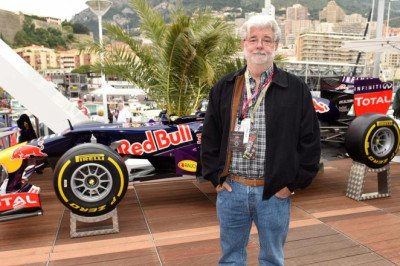
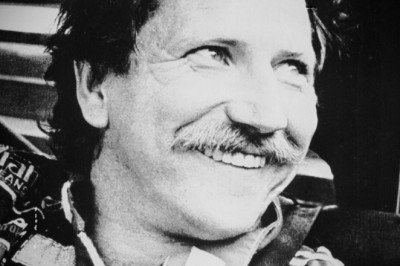
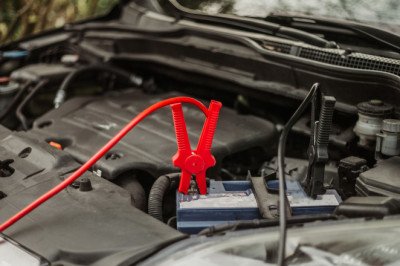

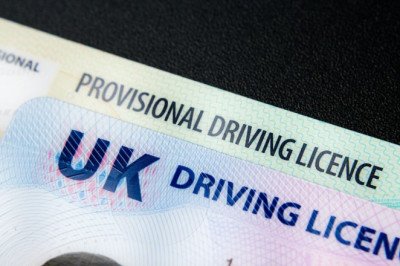

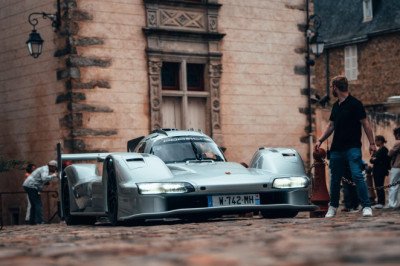
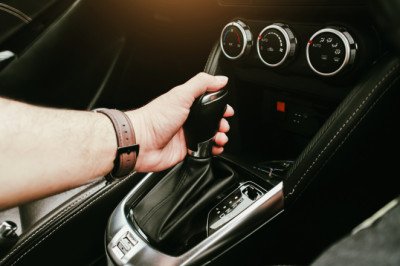

Facebook Conversations